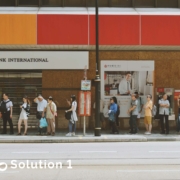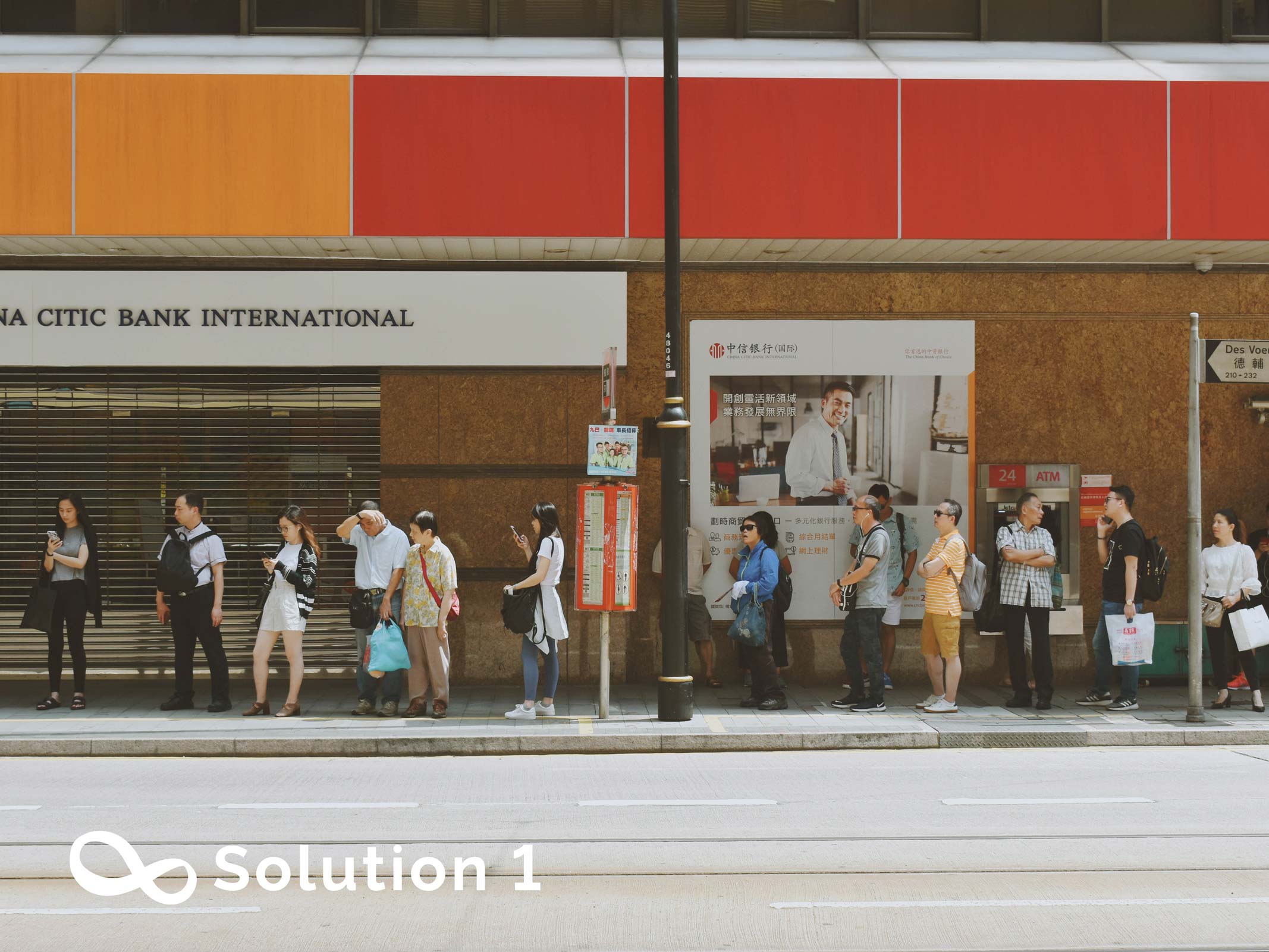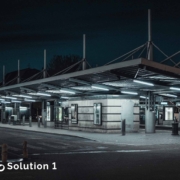Being an important component of mobility-on-demand services, research on vehicle dispatching systems has been under attention for quite some time.
- The scheduling problem of flexible transportation is regarded as a complex problem.
With the acceleration of urbanization and the rapid expansion of urban boundaries, the population structure and spatial layout of urban areas have also undergone tremendous changes. The demand for public transportation has shown the characteristics of scale and diversification, and the relationship between transportation supply and demand has gradually become a complex system.
In order to increase the proportion of public transportation in urban transportation, some cities have adopted measures such as increasing the frequency of bus lines and opening branch buses to alleviate the travel problems of residents in areas with low travel density.
“The Smart Transportation Market Value is expected to record a valuation of USD 250.32 Billion by 2028, Registering to Accelerate at a 13.1% CAGR, according to the most recent study by Brandessence Market Research. The further adoption of the Internet of Things and automation technologies will help the growth of the smart transportation market size.”
Vehicle dispatching control requires communication between the vehicles or local dispatchers and a central control center, where dispatching decisions are made. This process, involves communication, determining a new schedule, and coordination.
However, the increase in operating expenses of bus companies has followed, and the passenger load factor of buses has not increased. Conventional public transport can no longer meet the needs of residents for diversification and individualization of travel modes. Nowadays, there is an urgent need for a smart vehicle dispatching model to ensure the daily travel of residents in these areas and increase the share of public transport.
- Transportation Network Companies like Uber and Lyft have fundamentally transformed mobility in many cities.
Recently, with the popularity of smart devices and high-quality wireless networks, people can easily access networks and communicate with online services. With the convenient car-hailing platforms, drivers can share their vehicles with riders to obtain monetary benefits and alleviate the pressure of public transportation.
However, as we strive to make our cities smarter, over the past 10 years, we have seen the evolution of mobility-on-demand services into many new, effective, and more convenient forms. These services are increasingly being promoted as an influential strategy to address the challenges of urban transportation in large and fast-growing cities.
“According to Brandessence Market Research, the rising need to develop smart transport systems to improve passenger & road safety and manage traffic is driving the growth of Global Smart Transportation Market.”
Evolving from the traditional taxi service model, today companies like Uber, Lyft and many others are popular as ride-hailing mobility-on-demand service providers in many cities globally. These services are facilitated by the recent advancements in communication technologies and widely used GPS-enabled mobile devices. Customers can send trip requests to the service provider from their mobile devices in real time. Upon receiving the requests, the vehicle dispatching system of the service provider assigns available vehicles to serve the trip requests.
With rapid developments taking place currently in the field of the Internet of Things, especially vehicle-to-anything, the future will have the availability of more data on vehicles and traffic, with high accuracy. Vehicle dispatching solutions could balance the difference between vehicle demands and supplies by proactively reallocating available taxis to some locations for better serving ride requests.






